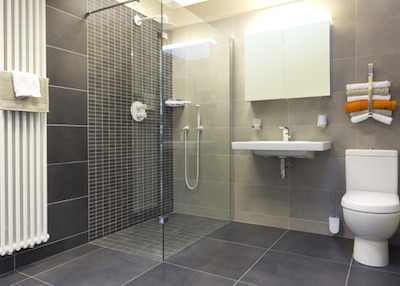What’s The Difference Between Porcelain and Ceramic Tile
Ready to install new tiles in your home? What’s the difference between porcelain and ceramic tile? And is one better than the other, depending on where you install it?
Both porcelain and ceramic tiles are made from a mixture of clays and other materials, then kiln-fired into the final product.
Ceramic tiles are generally made from red or white clay mixtures. They are finished with a durable glaze that helps carry the color and pattern throughout the finished tile. You’ll find ceramic tiles used most commonly for both wall and floor tile applications, and are softer and easier to cut than porcelain. Ceramic tiles are usually suitable for very light to moderate traffic, as they are more prone to wear and chipping than porcelain tiles.
Porcelain tiles are generally made by the dust pressed method from porcelain clays, which result in a denser and more durable tile. The finished product is usually smoother and with sharper formed faces. When glazed, they are much harder and more wear and damage resistant than ceramic tiles. This makes them excellent choices for moderate to heavy traffic areas. You’ll find color and pattern that carries through the entire thickness of the tile, and available in matte, unglazed or high polished finishes.
As with all flooring choices, choose a tile that best suits your personality and your requirements. In all cases, stick with a good quality tile, especially in high traffic areas such as an entryway or heavy used hallway.
For bathrooms or laundry rooms, use the porcelain tile. Not only is it more durable because of its hardness, but it is also more resistant to moisture. And it makes the perfect choice for integrating color and patterns into your floors, walls, shower stalls, and when tiling around the tub. You’ll love the results.
